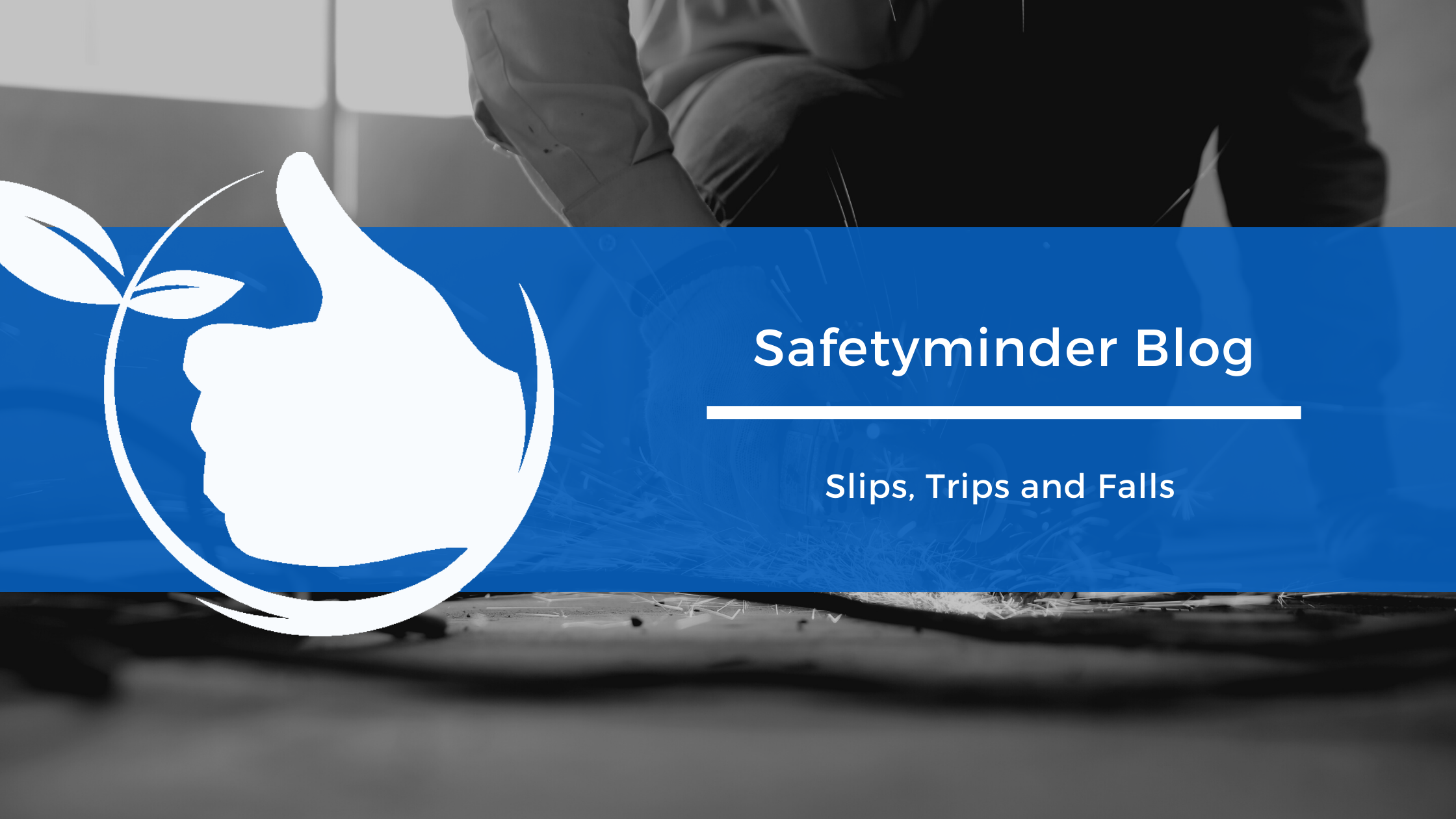
Each year slips, trips and falls result in thousands of preventable injuries. The most common ones are musculoskeletal injuries, cuts, bruises, fractures and dislocations, but more serious injuries can also happen.
Over the 12 years between 2003–15, slips, trips or falls:
- caused the death of 386 workers
- led to 23% of serious claims
- were caused by environmental factors* 56% of the time.
Environmental factors can include slippery surfaces following rain or spills, poorly designed or maintained walkways, poor lighting on stairs and walkways and trip hazards for example from poorly stored materials.
Slips, trips and falls: a definition
- Slips occur when your foot loses traction with the ground surface due to inappropriate footwear or walking on slippery floor surfaces that are highly polished, wet or greasy.
- Trips occur when you catch your foot on an object or surface. In most cases people trip on low obstacles that are hard to spot such as uneven edges in flooring, loose mats, open drawers, untidy tools or electrical cables.
- Falls can result from a slip or trip but many occur during falls from low heights such as steps, stairs and curbs, falling into a hole or a ditch or into water.
Types of injuries
Table 1: Most common injury locations
| Body area | Injury numbers | % of all slips, trips and falls |
|---|---|---|
| Knee | 4,930 | 20.7% |
| Ankle | 3,985 | 16.7% |
| Back—upper or lower | 3,000 | 12.6% |
Managing risk
Companies must manage health and safety risks associated with slips, trips and falls by eliminating the risk so far as is reasonably practicable. If that is not possible, you must minimise risks so far as is reasonably practicable.
Tips for eliminating hazards
You should consider the design of floors, stairs, lighting, drainage and storage.
Work procedures can also impact on the incidence of slips and trips. For example, develop procedures that avoid the build-up of rubbish throughout a production process.
When selecting and buying footwear, think about whether it has good slip resistance properties along with any other safety features you need. For example:
- In wet conditions the shoe sole tread pattern should be deep enough to help penetrate the surface water and make direct contact with the floor.
- In dry conditions the shoe sole tread pattern should be a flat bottom construction that grips the floor with maximum contact area.
- Urethane and rubber soles are more effective than vinyl and leather soles for slip resistance. Sole materials that have tiny cell like features will be slip resistant.
A risk analysis and strong policy around what is acceptable footwear for the job being performed will help prevent slips, trips and falls.